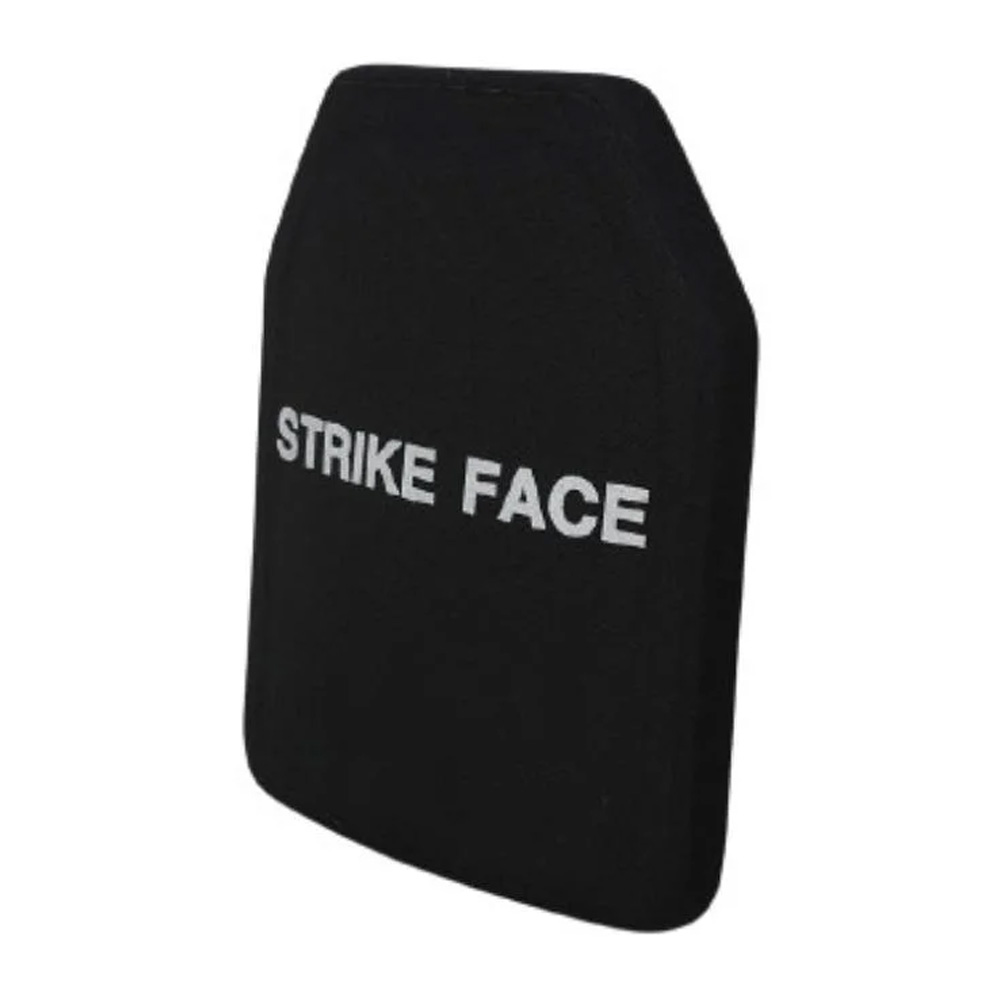Writer: admin Time: 2023-07-15 14:57:33 Browse:
Bulletproof materials have witnessed remarkable advancements in recent years, revolutionizing personal protection, military operations, and law enforcement. This article delves into the world of bulletproof materials, exploring their evolution, performance characteristics, and the cutting-edge innovations that make them highly effective in providing protection against ballistic threats.
Over the years, bulletproof materials have evolved from traditional options like Kevlar to advanced composites with superior ballistic resistance. The initial focus on soft materials has expanded to include hard armor plates made from ceramic composites, polyethylene, and other innovative materials. These advancements have significantly enhanced the effectiveness and versatility of bulletproof solutions.
Kevlar, a synthetic fiber developed by DuPont, remains one of the most widely used bulletproof materials. Its high tensile strength and flexibility make it ideal for soft body armor. Kevlar effectively disperses and absorbs the energy of incoming projectiles, providing reliable protection against handgun rounds. Continuous research and improvements have enhanced Kevlar's performance and made it a staple in the industry.
To address the increasing threats posed by rifle rounds, ceramic composites have emerged as a crucial component in hard armor plates. Materials like Alumina and Boron Carbide exhibit exceptional hardness and can withstand high-velocity impacts. These composites shatter upon impact, dissipating the energy and preventing penetration. This breakthrough has significantly improved the ability to defend against armor-piercing ammunition.
Polyethylene has revolutionized the field of bulletproof materials with its remarkable ballistic properties. This high-density plastic is utilized in both soft and hard armor solutions, providing excellent protection against a wide range of ballistic threats. Polyethylene-based armor is lightweight and flexible, offering enhanced comfort and mobility to the wearer without compromising on ballistic resistance.
In recent years, researchers have focused on developing hybrid composites that combine different materials to maximize performance. For example, a combination of Kevlar and ceramic plates creates a versatile armor system that offers effective protection against both handgun and rifle rounds. These innovative solutions showcase the potential of hybrid composites in optimizing protection while maintaining mobility and comfort.

The field of bulletproof materials continues to advance rapidly. Ongoing research aims to develop materials with enhanced strength, durability, and multi-threat resistance. Nanotechnology and innovative manufacturing techniques are being explored to improve the performance of existing materials and introduce new ones. These advancements hold promise for even more effective and efficient bulletproof solutions in the future.
Bulletproof materials have come a long way, with advancements in technology and materials pushing the boundaries of protection against ballistic threats. From the industry-standard Kevlar to cutting-edge ceramic composites and lightweight polyethylene, these materials offer varying levels of protection while prioritizing comfort and mobility. Hybrid composites and ongoing research signal a promising future for bulletproof technology. With continued innovation, we can expect even more advanced bulletproof materials that ensure the safety and security of individuals in high-risk environments.